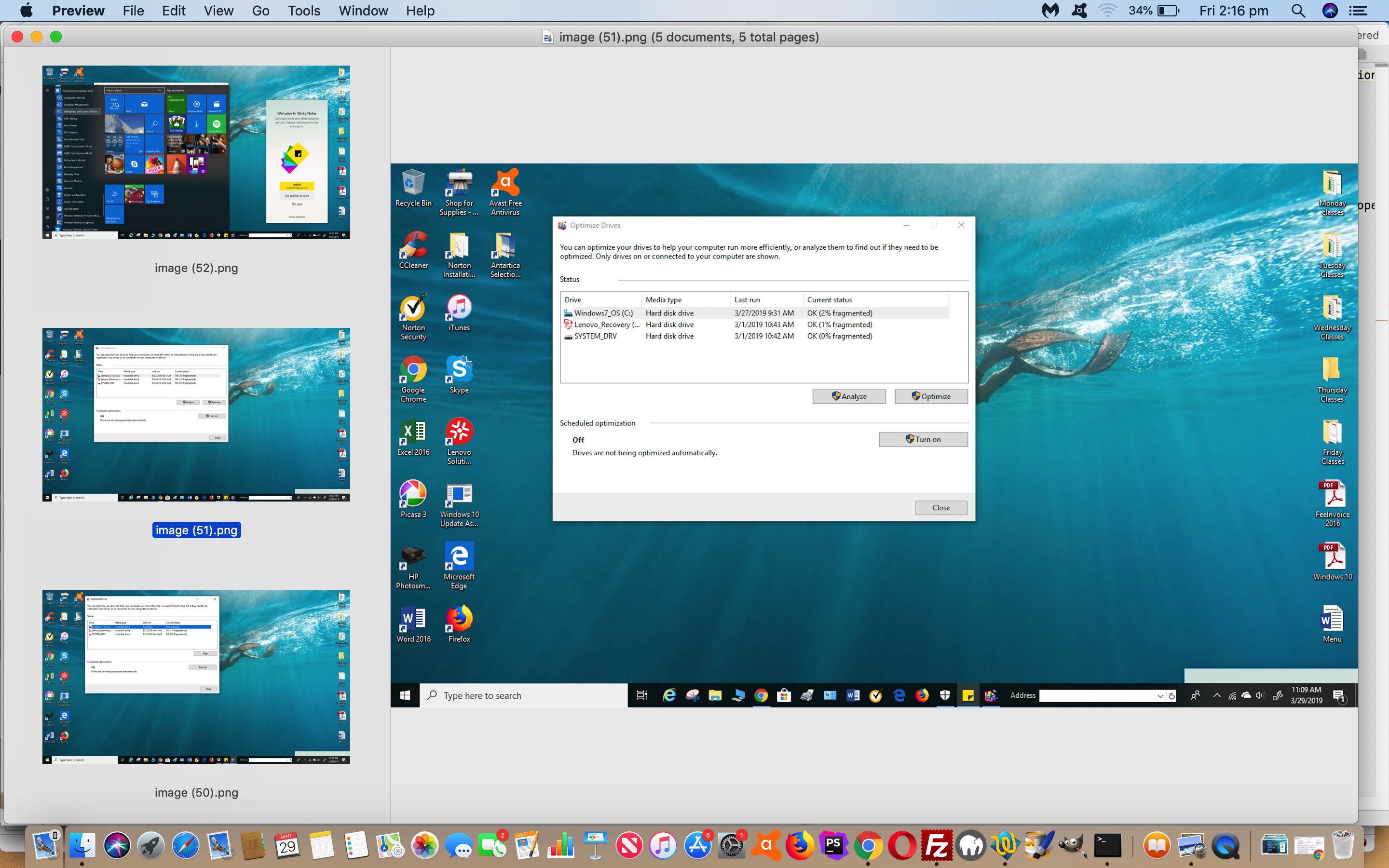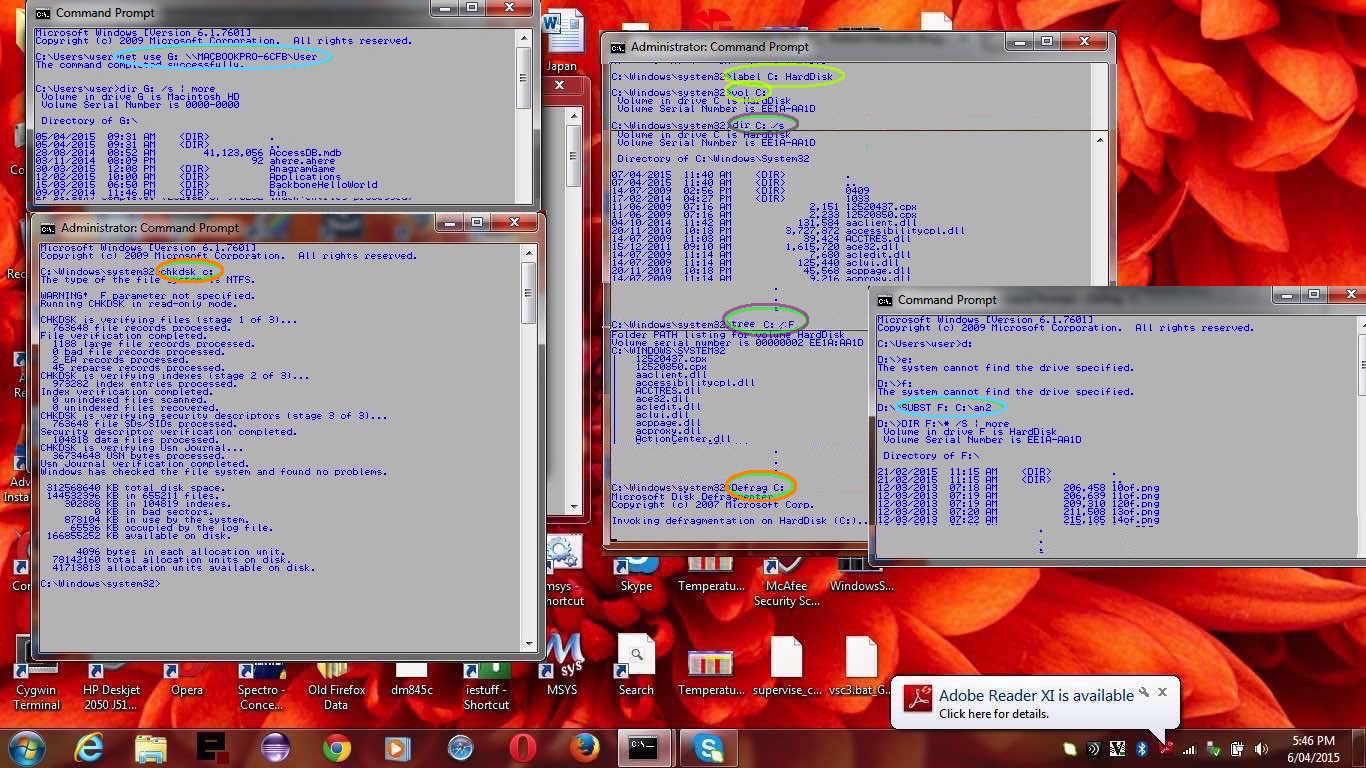I’ve no doubt if you have a hard disk, still, using Windows (10), you want to maintain that hard disk, because it is (likely that it is) …
- the bootable drive for your operating system … as well as it being …
- the main and most important repository of your information
Though that last point is perhaps a moot point these days with online storage ideas such as Google Drive and iCloud and OneDrive and Dropbox, it will no doubt still be annoying if you are held up by a misfiring hard disk. One of the most manageable things you can do to “massage your hard disk’s ego” is to regularly defragment the hard disk, optimising its performance as far as where it stores data, while you operate the Windows system.
These days of Windows 10 sees the “Defragment and Optimise Drives” functionality sitting in the “Windows Administrative Tools” menu section.
On click or tapping this submenu you will be presented with a list of devices mounted on the Windows system currently. Select one, the top one no doubt being the Windows 10 system’s C: hard disk, and you can …
- Analyze
- Optimise (includes Analyze)
… your way to a defragmented, and thus, an “optimised” device, one of the command line options we talked about previously with Windows Hard Disk Primer Tutorial.
Now that wasn’t hard, was it?
Previous relevant Windows Hard Disk Primer Tutorial is shown below.
On Windows, many users would still have at least one hard disk installed. Typically on Windows that first main disk is called C: … pretty boring name, huh?! … however, you can give it a nickname (for the “volume”) that will show in Windows Explorer, or when you right-click and get the properties of the disk … you can do this via the Windows Command Prompt (or DOS prompt command) …
label C: [volumeNickName]
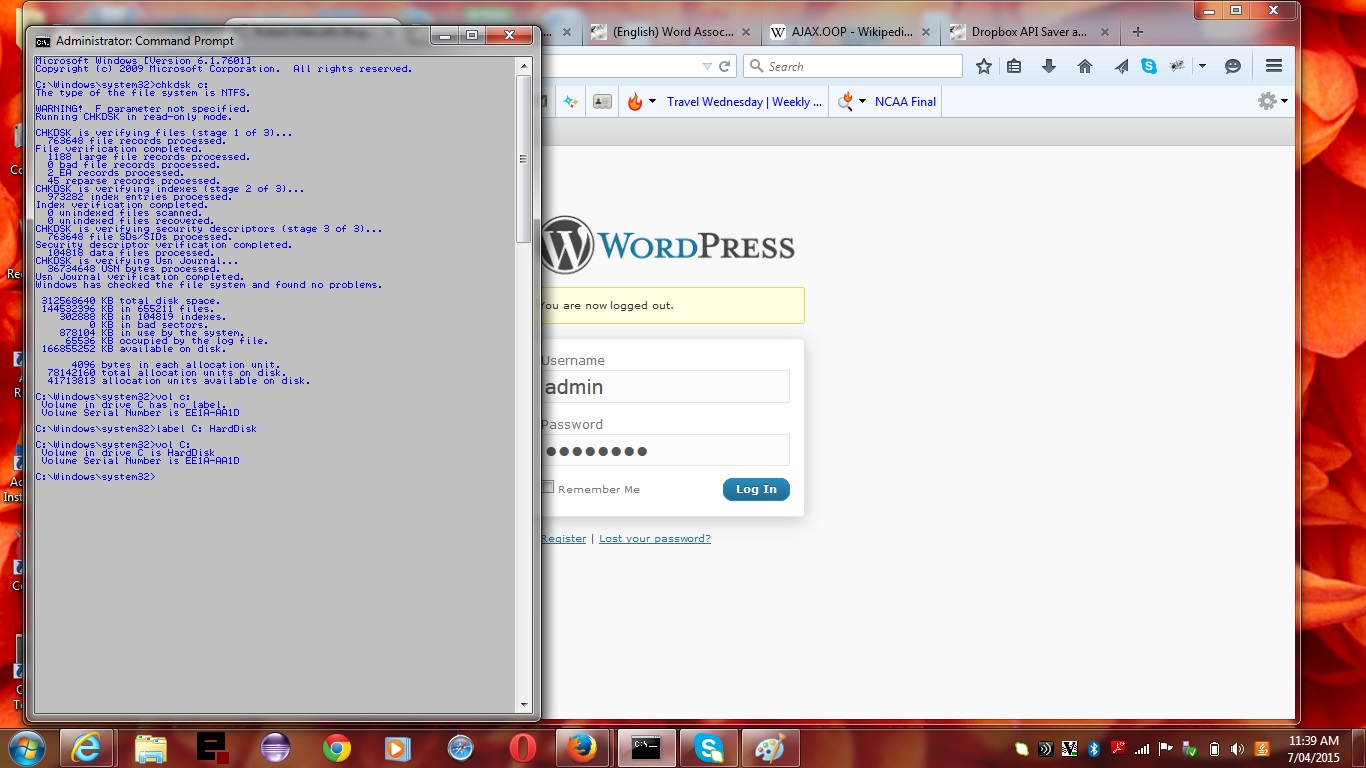
… and then to verify this …
vol C:
… so that’s its name … what about its contents …
dir C: /s
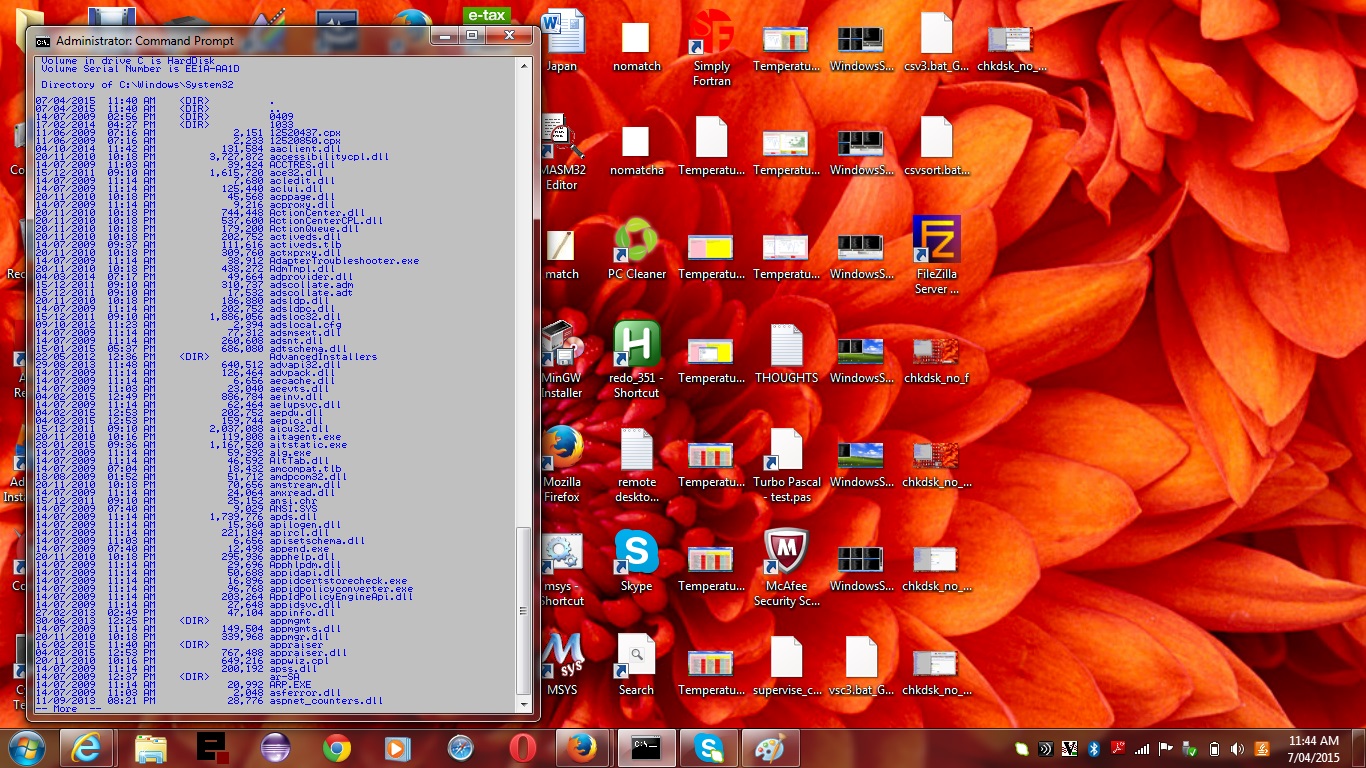
… or …
tree C: /F
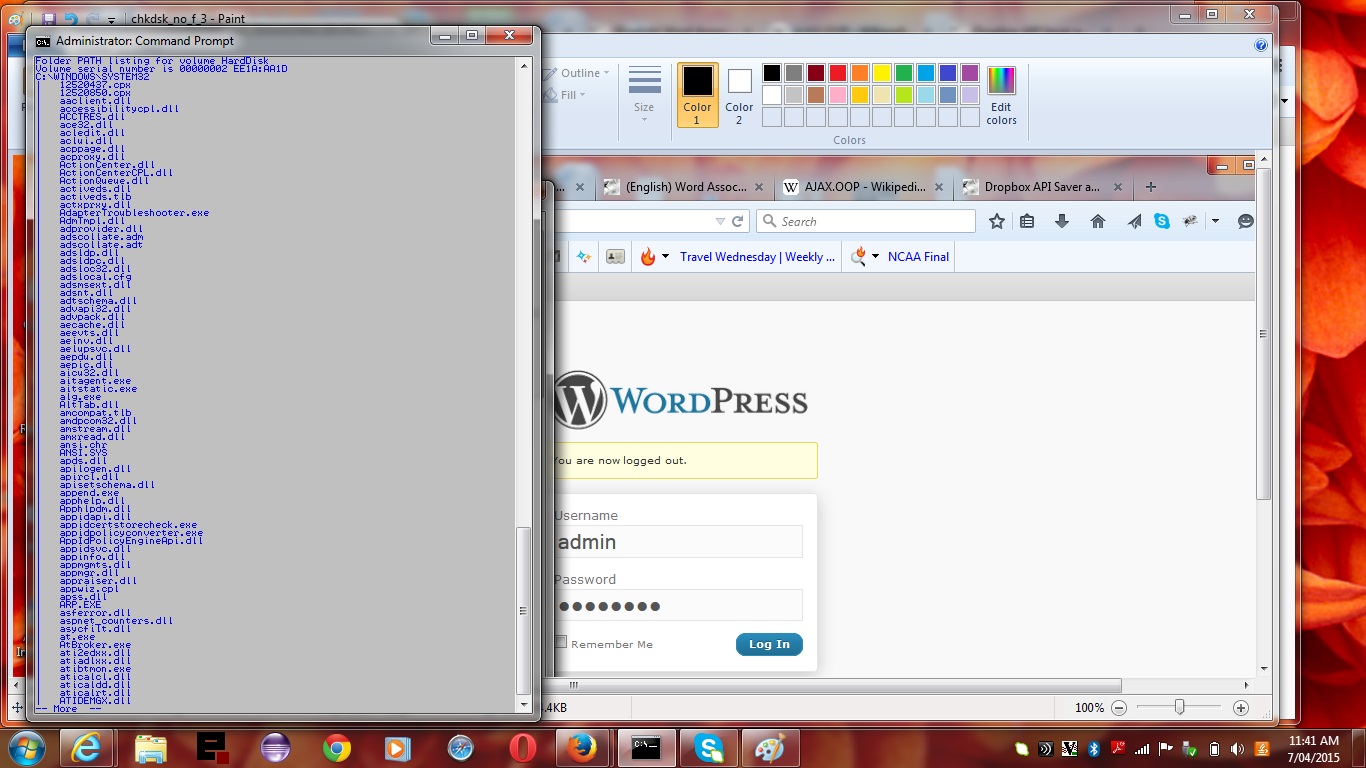
… and what about its health …
chkdsk C:
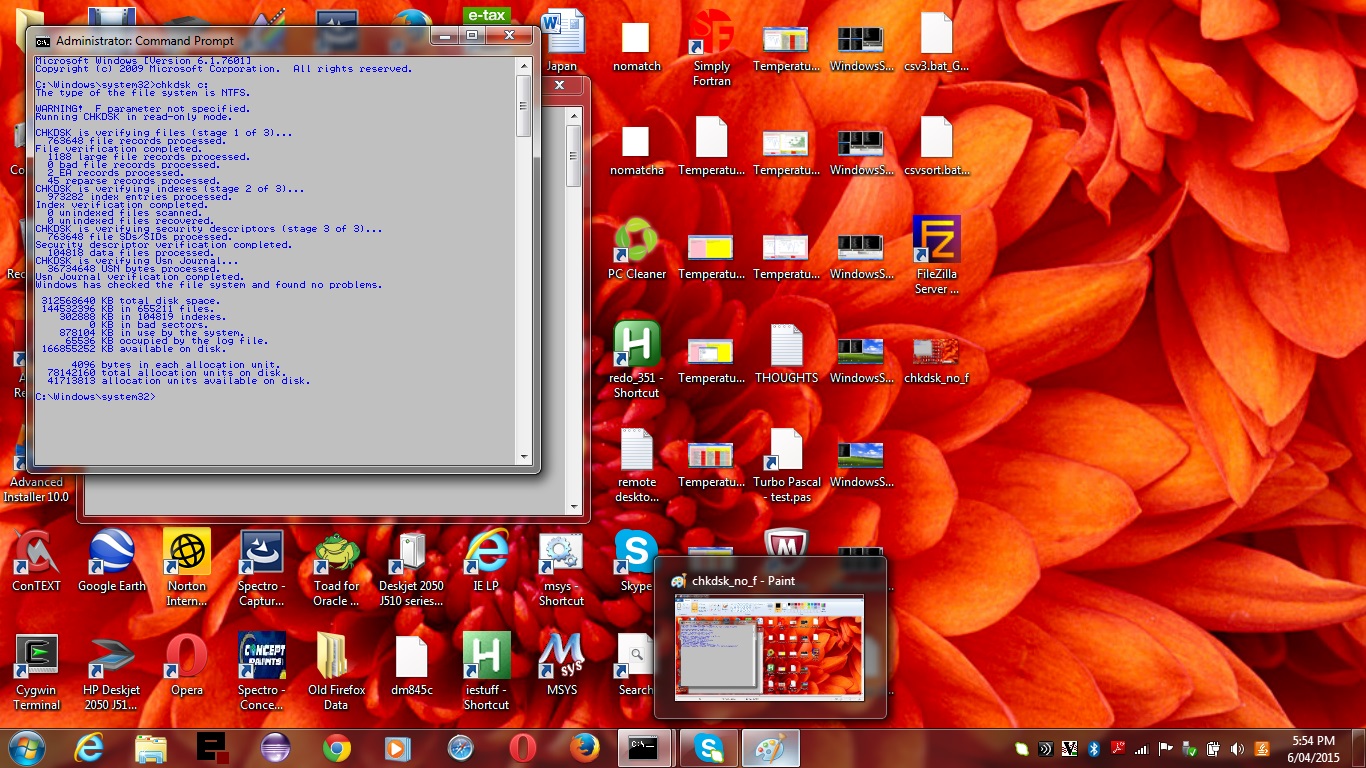
… and fixing things fixable found wrong … and for this you may need to use a Command Prompt window run by an administrator user, and even then, you may only be able to run this at the next reboot, between the shutdown and the restart (when C: is not being accessed)) …
chkdsk C: /F
… and we here talk of “speeding up” a computer by defragmenting its hard disk … assuming you have Defrag.exe on your path (otherwise put the whole path to it and the .exe extension, where we have “Defrag” below) …
Defrag C:
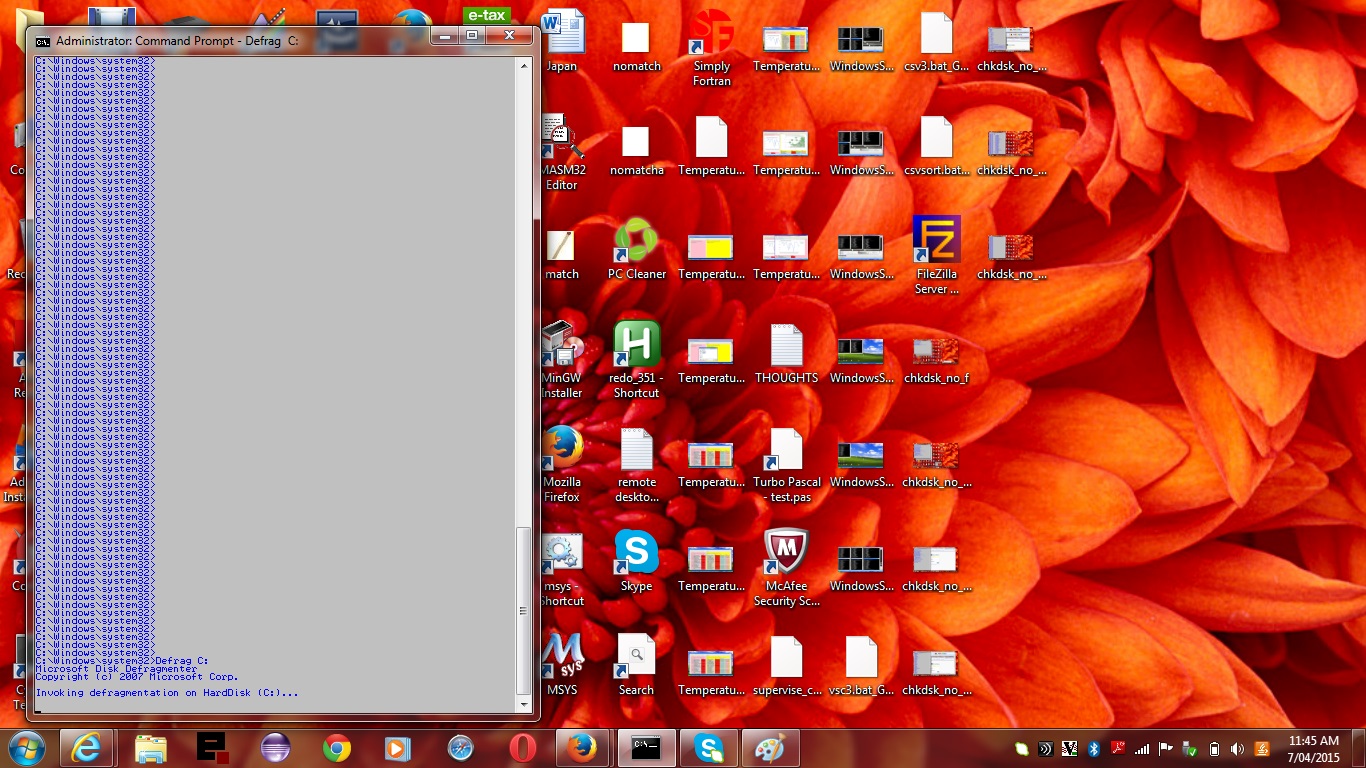
Sometimes, with Windows, a second hard disk physically installed would be called D: and any C:’s above in commands will work for D: instead above … and there are some other mappings to drive letters are possible via (we’ll use Z: below) …
subst Z: C:mypath
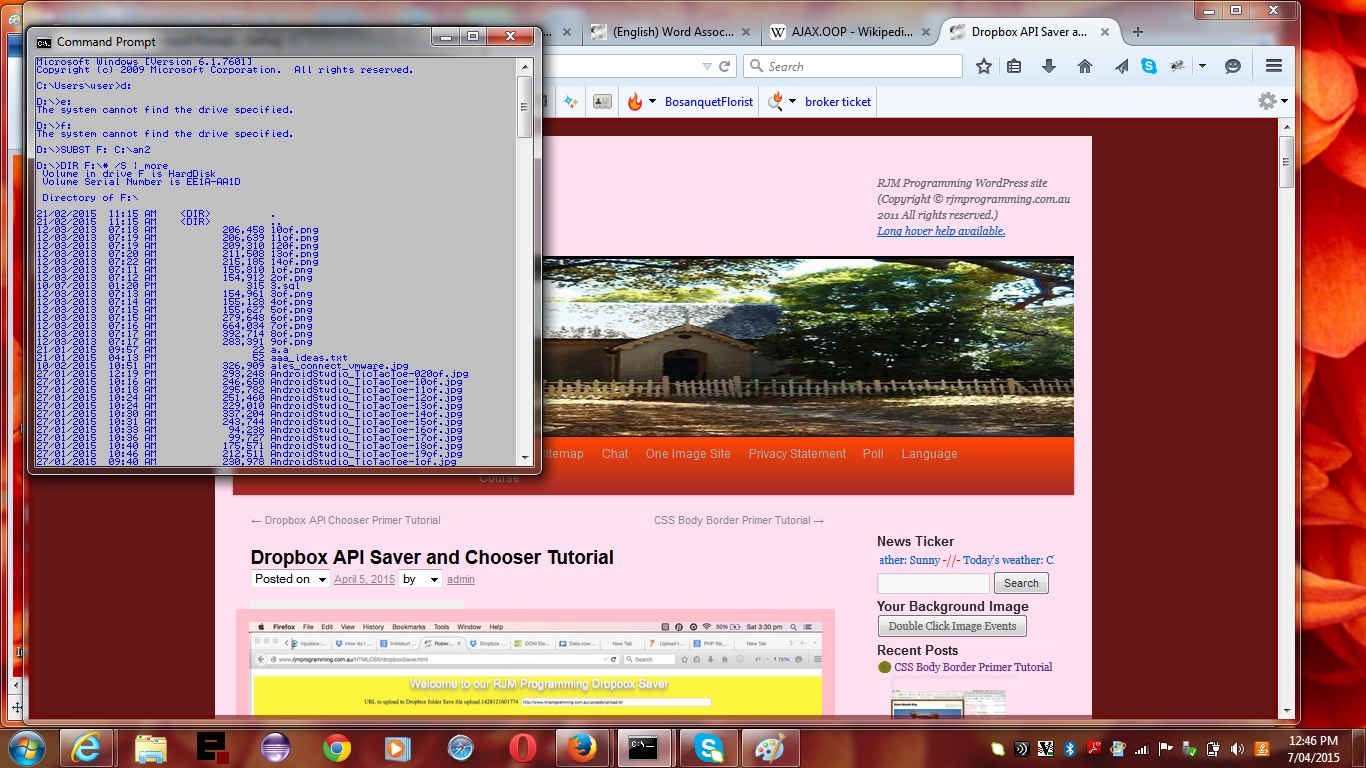
… or perhaps D: is mapped from somewhere on a file server or file sharing arrangement (we’ll use T: below, and the image example below that uses a Windows 7 laptop’s Samba mapping to a MacBook Pro hard disk’s “User” path for its mapping … got its mapping name via Windows Explorer “Network” … more on this topic at this blog could be gleaned from Windows File Server and File Sharing Primer Tutorial) …
net use T: "\servermy media" /persistent:no
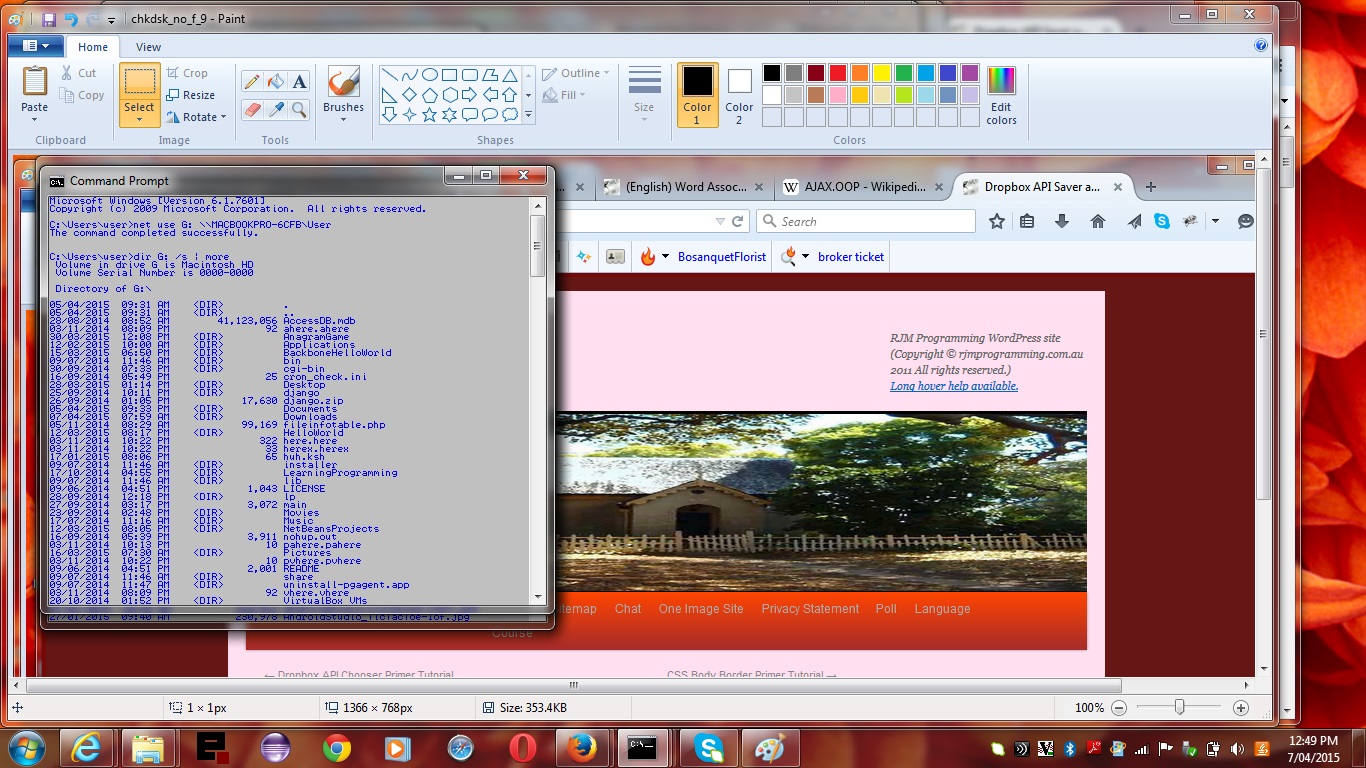
… and you should not expect that these last two mapping arrangements would support “chkdsk” nor “Defrag” as further above (which are for real physical hard disks).
If this was interesting you may be interested in this too.
If this was interesting you may be interested in this too.

